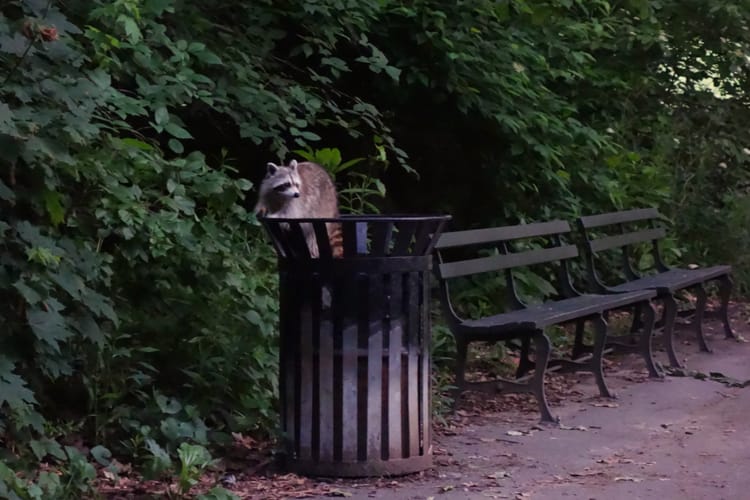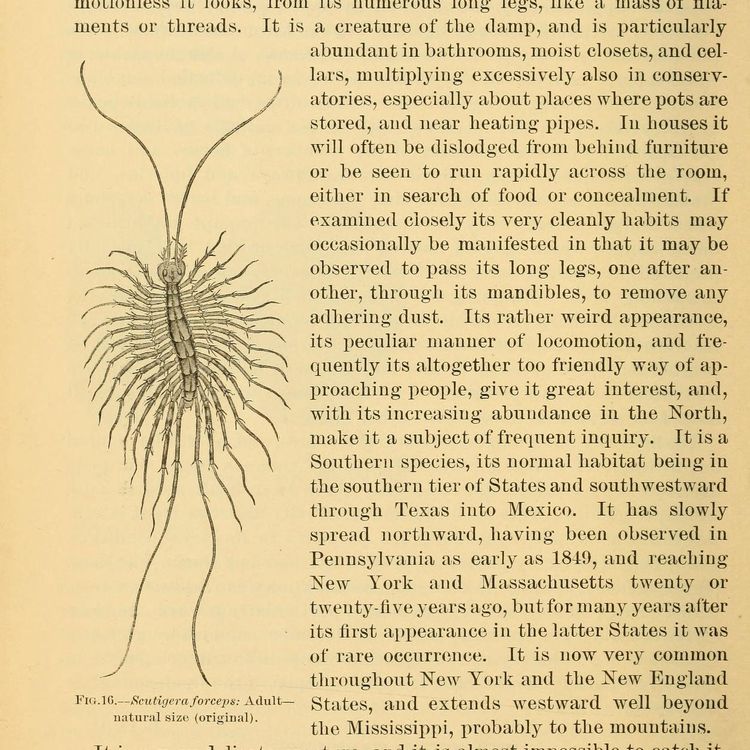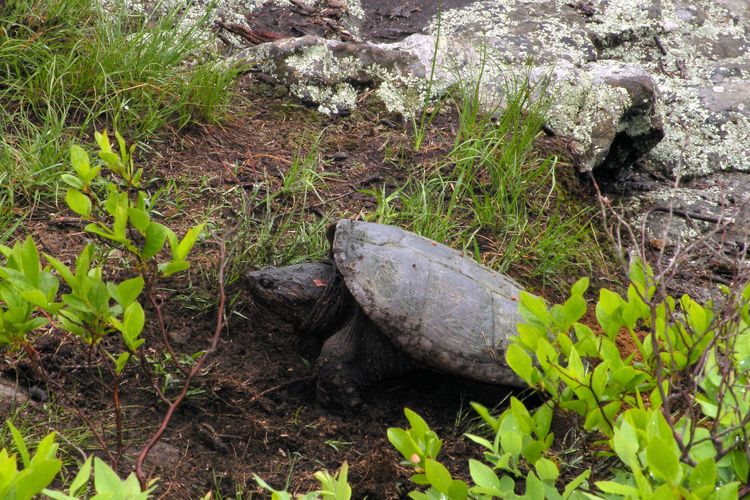Groundhogs Sleep Soundly With Hearts Slowed
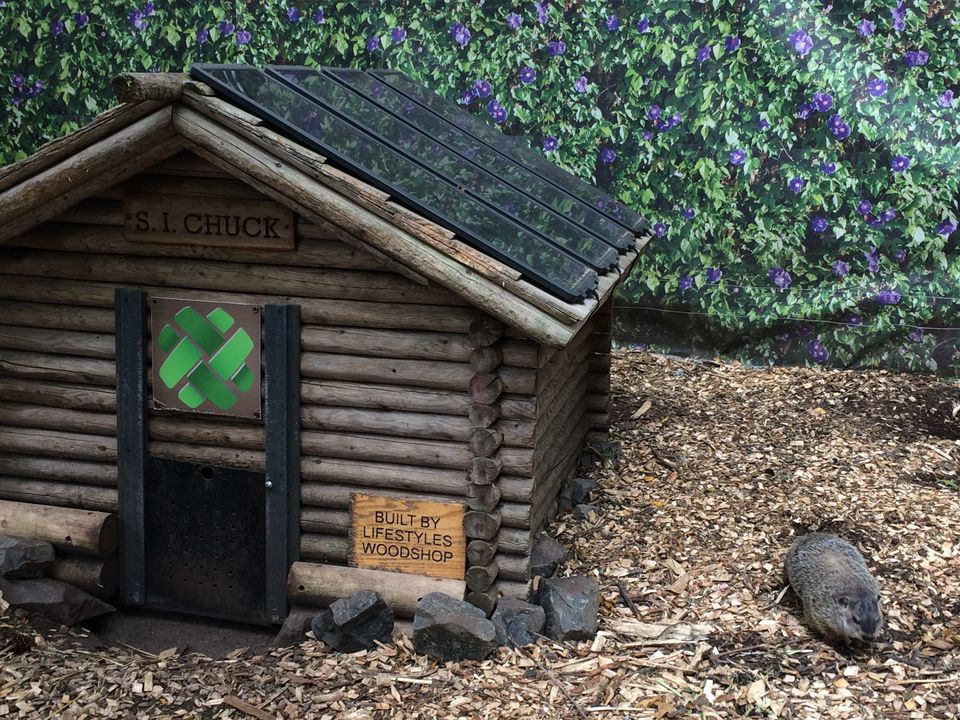
Relations between groundhogs and politicians have become strained in recent years. The city’s most famous groundhog, Staten Island Chuck, bit one mayor and was reputedly killed by another. Perhaps this antagonism arises, in part, from a disruption of the rodent’s annual rhythms. Chuck, Punxsutawney Phil, and their prognosticating ilk are—unlike their wilder relatives—awake. As their shadows cast the runes of our seasonal fate, most groundhogs still slumber. They are one of our city’s few truly hibernating mammals.
They began their winter retreat back in September or October when they plugged a chamber of their burrow with soil and slowed their heart rate. Suspended on the horizon of winter’s singularity, physiological time languishes—each heartbeat deferred until slowing to only four or five times a minute. Just now, beneath the surface of local greenspaces like Clay Pit Ponds State Park, Fort Tryon Park, Flushing Meadows Corona Park, and the swaths of land bordering the Hutchinson River Parkway, the groundhogs are dreaming.
Last week, Chuck predicted an early onset of spring, but his brethren care not. They will not emerge until March, drawn and lean. They will dig out of their burrows, pushing aside stones and roots with claws and teeth, blinking into the sunlight. Across the dry grass of early spring, they pour forth in search of tender buds and companionship.
Take inspiration from these sleeping mammals and take your own time to surface for spring. Spare your energy and rest for the months ahead. Avoid dangerous politicians and await those warm rays of spring sun.
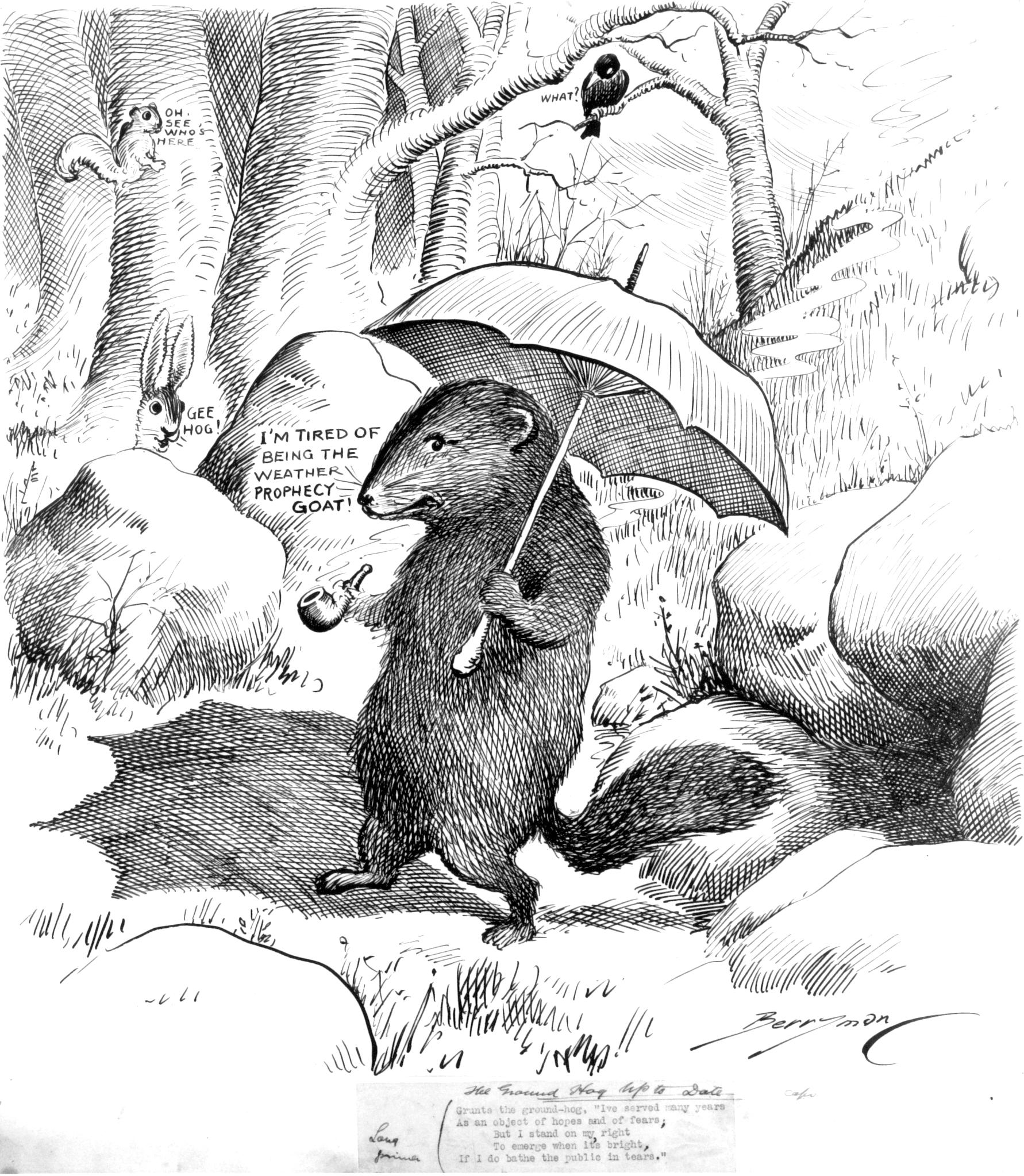
- New York City played a significant role in elevating groundhog/woodchuck renown. A 1903 Broadway production, The Runaways, introduced a hit earworm. “How much wood would a woodchuck chuck if a woodchuck would chuck wood?” sang light opera heroine Fay Templeton in a throaty contralto. Years later, an employee of the New York State Department of Environmental Conservation attempted to answer Ms. Templeton’s query. He calculated that in excavating a standard burrow, a woodchuck would have to clear a 25- to 30-foot space. Translating energy expended on soil relocation to that involved in wood chucking led him to the conclusion that were a woodchuck to chuck wood, it could chuck about 700 pounds of said material.
- In addition to being the year-round residence of Staten Island Chuck, the Staten Island Zoo is a historic site of ophiology (aka snake research). Its Serpentarium once had the world's greatest rattlesnake collection thanks to longtime director Carl Frederick Kauffeld who was at the zoo from 1936 to 1963. Visitors today can still see objects from Kauffeld’s office as well as an impressive array of snakes; although the acquisition of each species necessitates purchase of the associated anti-venom.
- Notice the ephemeral shadows of the city with a groundhog's perspicacity: along Columbia Street in Brooklyn artist Nobuho Nagasawa's “Timecast” has permanently frozen the shadows of street trees in the bluestone sidewalk. Artist Ellis Gallagher regularly outlines the shadows of ordinary objects like street signs and bicycles in chalk. The late artist Richard Hambleton once startled 1980s New York with his stark “Shadowman” figures splattered in black paint on building walls.
